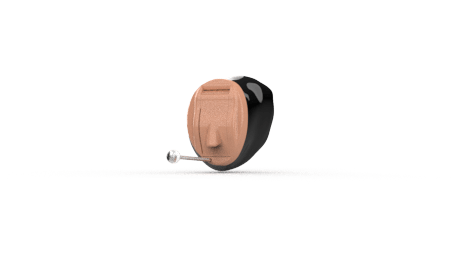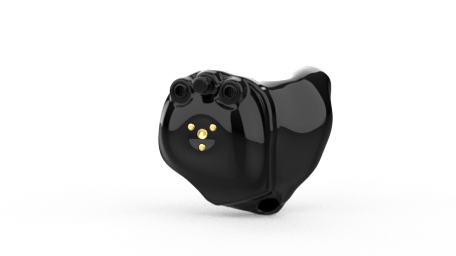Hearing Aids
Hearing aids are very effective in treating hearing loss and are one of the most commonly prescribed solutions. They help people with any level of hearing impairment - from mild to severe - better perceive the sounds and noises around them. Hearing aids are programmed and adjusted to fit the exact hearing needs of their users with the end goal of amplifying and clarifying sound. The range of different devices available on the market today is vast and overwhelmingly filled with options and features, with countless choices in color, size, and shape. Some hearing aids rest behind the ear, while others are placed completely within the ear canal. Perpetual innovation in technology has allowed numerous advanced features to be implemented that significantly increase the ease and convenience with which those affected by hearing loss can live their lives. Hearing aids are vital to sustaining connections and communications with others - especially loved ones - and nothing can be more gratifying than engaging in life with friends and family.
Hearing Aid Features
Those with hearing impairments generally have a harder time doing things that people with normal hearing take for granted. With the constant progression of technology, hearing aids now come with many features that add a great deal of ease and convenience to the lives of the impaired, giving them the opportunity to enjoy life as much as anyone else. Some features improve device functionality, while others improve quality of life overall. Several of the most popular and desired features include:
Our Hearing Aid Brands
Why Choose Us?
Sound Advice is a family-owned and operated business that has been providing top-quality hearing care in Fresno, California, since 2010. We take pride in our individualized approach and our unyielding commitment to customer satisfaction. Our goal is to deliver the most effective and enduring hearing solutions to our clients, taking into account every aspect of their immediate personal requirements and their future aspirations. Furthermore, we are exclusive providers of the Lyric hearing aid, the only extended-wear hearing device available on the market today. We at Sound Advice are proud to say that we have fitted Lyric hearing aids for over ten years and are grateful to have changed the lives of each satisfied customer.
Better hearing shouldn't cost you an arm and a leg.
With Sound Advice, the perfect hearing aids for your hearing needs are within reach!
Come see us today and let our Hearing Instrument Specialists show you how life-changing a flawlessly fitted and reasonably priced hearing device can be - now that is some real "sound advice!"














